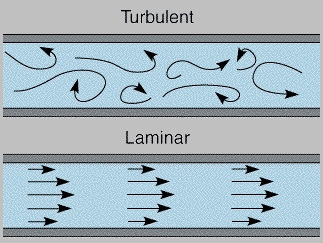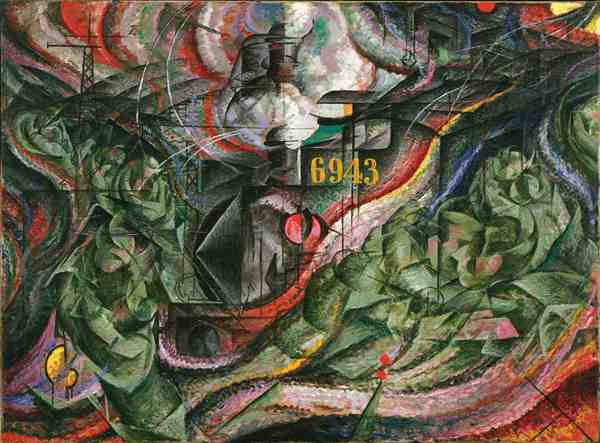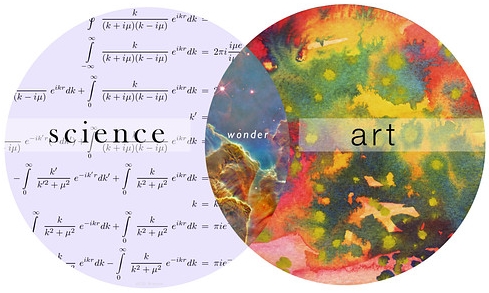Experimental Teaching
Experimental Teaching: Science vs. Art
“The Art makes the invisible visible”
Paul Klee
Experimental teaching is based on the utilisation of contemporary art peaces and language to enhance comprehension of some hydrogeological and geochemical phenomena. In more detail, contemporary art is used to help students in visualising and metabolising invisible phenomena, which carry out in the subsurface. With this aim, some lessons are based on mixing usual scientific figures and unusual ones, such as paintings and images of architectural creations. For example, the concept of “turbulent flow” in aquifer systems is explained through (i) usual schematic figures (Fig. 1), which allows the rational understanding of the concept, together with (ii) Boccioni’s futuristic paintings (1882 – 1916), whose emotional impact enhances comprehension and perception of the same concept, showing turbulent movement, velocity, dynamism (Fig. 2).

